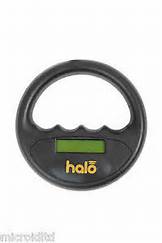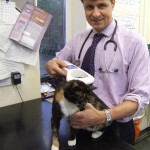

Microchipping your cat
Microchipping is one of the most effective forms of pet identification, but too few cat owners have their pets microchipped. The 2011 PDSA Animal Wellbeing (PAW) Report has revealed that 54% of cats in the UK are not microchipped. That’s around 6.4 million cats without microchips.
If cats are microchipped, they are more likely to be reunited with their owners because microchipping is a permanent form of pet identification, unlike collars which can become lost. A cat’s microchip can be read in seconds by a handheld scanner at most veterinary practices or animal shelters.
Cats are naturally inquisitive creatures. Some inspect delivery vehicles and are inadvertently locked inside. There are stories of cats that have turned up hundreds of miles from home and are returned to their owners thanks to their microchips.
We offer cat microchipping at our surgeries in West London. The procedure is quick and often painless – your cat won’t even need to be anaesthetised. Using a syringe, the microchip will quickly be inserted under the skin between your cat’s shoulder blades. It takes no longer than giving a normal injection.
Some cats regularly lose their collars, so microchipping could be a cheaper option in the long run. A microchip will stay with your cat for its entire lifetime. Collars are also a potential hazard to cats as they can easily become snagged on things. Dextrous cats can even get their paws caught underneath a collar, which can lead to painful wounds.
If a cat is believed to be a stray and it is brought into our practice, we will immediately scan it to find out if it has a microchip. If the cat can’t be identified, then it could be rehomed, while its real owner is left forever wondering what happened to their beloved pet.
Call Young Veterinary Partnership today or drop into our practice to enquire about microchipping your

